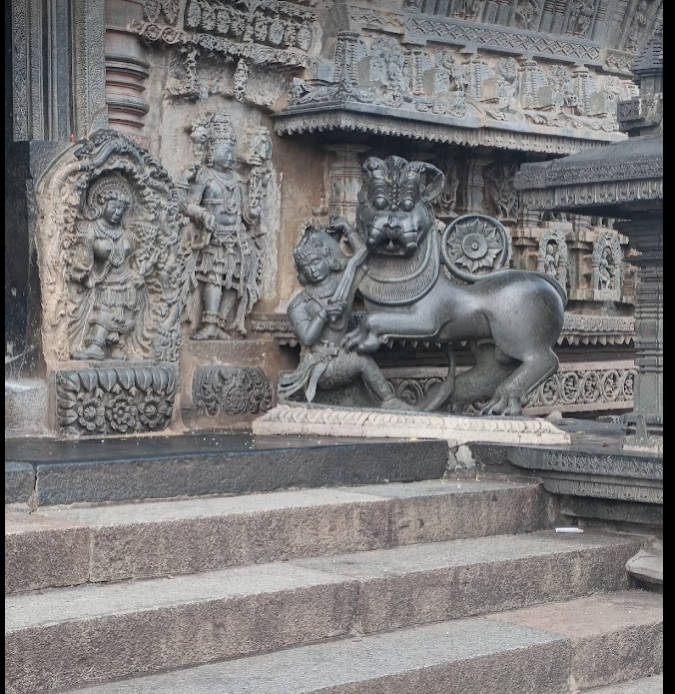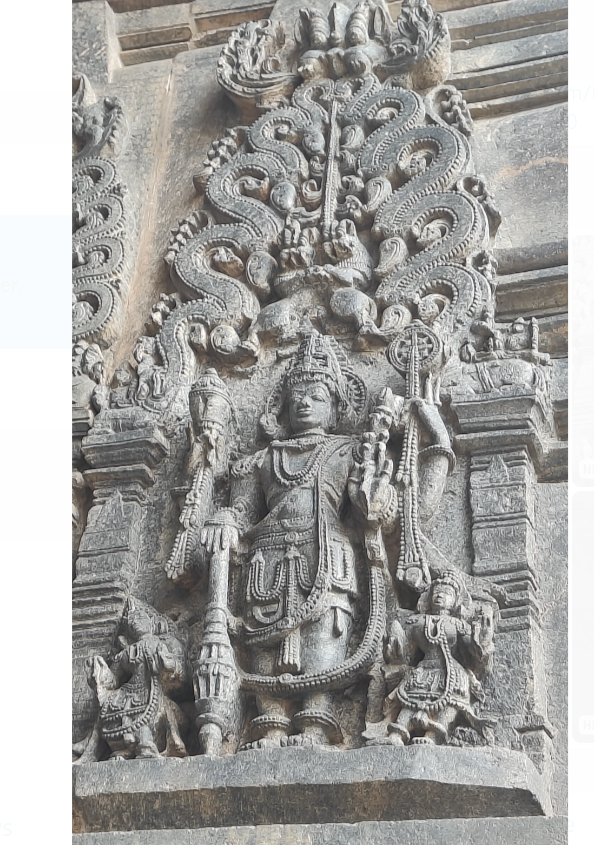My earliest recollection of a New Year celebration goes back to the time...when “Hangama-82” was the title for the new year program on Doordarshan. (No prizes for guessing the year!) The title was confusing because at around that time, Sri Lanka had a budding cricketer called “Ahangama”. I presumed the title should be pronounced as “Ahangama-82”. Sister snapped, “Stop saying Ahangama! It is hangama!” “What does Hangama mean?” I asked. Sister replied, “Hangama means fun, frolic and associated commotion!” “Then, what does Ahangama mean?” was my natural question. “How do I know? You go and ask him, whoever he is!” was the blunt response. New year '82 had to be ushered in, with the profound doubt still lingering on hangama versus ahangama!
You just couldn't wait to hit the new year! Midway through the TV program, Hangama-82 announced that the new year had already reached Japan and Australia! The new year felt like an unstoppable ocean wave- on its course to lap the shores of India. “Why is the new year taking so much time to reach India? Why can’t the new year come to India first?” I asked. Sister did not answer. May be, the international dateline and the associated discourse on Geography was too complicated a topic. But I bet she did not know the answer either!
As a kid, you expect some dramatic denouement. After all, staying up till midnight and the eventual countdown 10-9-8-7 must amount to something significant, isn’t it? Amar Chitra Katha spoilt us with those riveting illustrations. When Sudama (Kuchela) reached his home after meeting Krishna, in an instant, his entire world had changed. His dilapidated hut was replaced by a huge, golden mansion. His wife and children, no more wore rags, they were dressed in silken finery. You expected the stroke of the new year to bring about such a melodramatic change. “5-4-3-2-1…Happy New year! Happy new year!” the chorus echoed on TV. There was no transformation like Sudama's home! “What? New year has already come? Really? Where is it? Where is it? Nothing has changed at all!” The anti-climax was total!
New year meant breaking old habits. For some time, you continued to write the previous year in the school notebook. “Still in the previous year? Wake up, dear! Wake up! It is 82!” the teacher gently corrected. For some time, the new year looked “odd” on paper. The date just didn’t seem right, as though the numbering lacked a certain grace and symmetry. You got used to it, much like acquired taste, as the days went by!
It was also the time, when you had to recite from memory, Tennyson’s poem centered on the new year. The poem "Ring out, wild bells" was littered with the phrases “ring out” and “ring in” in various contexts. It led to comical situations in class. The teacher had to intervene repeatedly, “It is not “ring in” the grief that saps the mind, it is “ring out” the grief! It is not “ring out” the thousand years of peace. It is ring in!” There were just too many "ring outs" and "ring ins" in the poem! How we wished...Tennyson could have written his new year poem a little simpler for memorizing!
One particular year, I was in Delhi at the time of Christmas and new year. Each city has some peculiar English pronunciation, that is unique to its soil. Delhi has one too, I discovered. “Merry” was pronounced with a slight elongation on the vowel-sound “e”, so that it sounded more like “a”. “Merry” was pronounced more like “marry”. “Marry Christmas yaar! Heppy new year! Marry Christmas yaar!” was the consistent instruction, across the city! For sure, the matrimonial equation was overly complicated in Delhi, with so many contenders for Christmas!
Wild celebration for the new year is now a part and parcel of mainstream culture. It existed, to an extent, back in the Hangama-82 days too. The partying folks parodied the "passing year"...as though, dressed like an old man, heckled him and drove him out! The enthusiasm was infectious. But at home, the revelry was tempered with grandparents, who sometimes watched the new year TV program, sitting alongside. “You see those fellows celebrating the new year…jumping like monkeys on a tree? In all that jumping, they forget…that with each passing day, Kaala is cutting the base of the very tree on which they are jumping! What are they celebrating, I say?” grandma made a point. “Who is cutting? Who is slicing the tree?” I asked, wondering how the monkeys will cope with a wobbly tree. “Kaala! Kaala! Don’t you know? Yama…is sawing the trunk of the tree, day by day! What is the celebration about?” grandma clarified. It was sobering thought, but there is one counterpoint- the monkeys could definitely jump to another tree, in the worst case, isn't it?
Hangama, Ahangama, Tennyson, the monkeys-and-tree imagery…all
vie with each other to complete my new year picture! Happy New Year!















